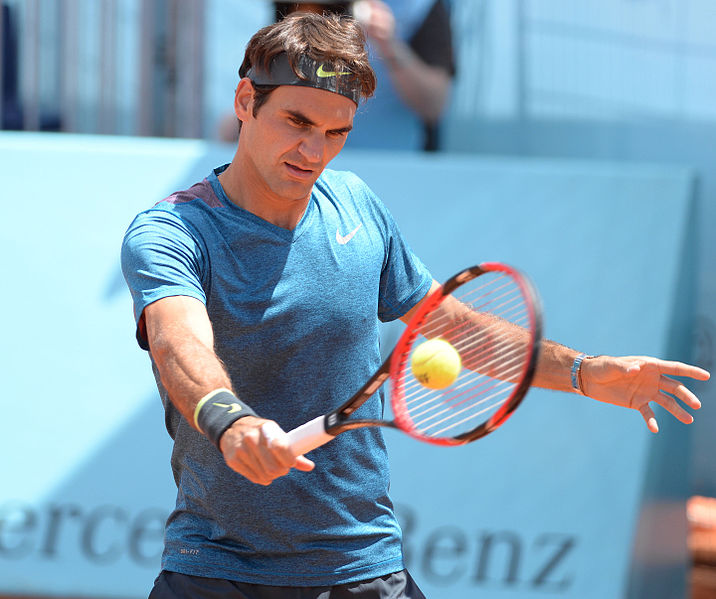Kalameghalam | Tennis is a sports discipline characterized by a diverse array of strokes that players utilize to control the ball and strategically outmaneuver their opponents. Understanding the various types of strokes is crucial for both players and coaches, as they each serve different tactical and technical purposes within the game. This note discusses the four primary types of strokes in tennis: the serve, the forehand, the backhand, and the volley, along with their mechanical aspects and tactical applications.

- The Serve
The serve is one of the most critical strokes in tennis, serving as the starting point for each point. It is executed by tossing the ball upwards and hitting it into the opponent’s service box. The serve can be categorized into different types, including flat, slice, and topspin serves (Krebs & Ebeling, 2020).
Flat Serve: This serve is characterized by high speed and low trajectory, making it challenging to return. It is typically used to gain an early advantage in the point (Coaches’ Tennis Manual, 2018).
Slice Serve: This serve involves imparting sidespin on the ball, causing it to curve to the side. The slice serve can effectively pull opponents out of position and create angles (Krebs & Ebeling, 2020).
Topspin Serve: The topspin serve has a higher arc and bounces higher, making it easier for players to follow up with aggressive groundstrokes. This type of serve is particularly effective on clay courts (Coaches’ Tennis Manual, 2018).
- The Forehand
The forehand is arguably the most commonly used stroke in tennis, executed on the dominant side of a player’s body. It involves a swing from low to high, generating both pace and spin.
Open Stance Forehand: This technique allows players to hit the ball while facing the net, providing rapid recovery time and adaptability to various incoming shots (Sullivan, 2019).
Closed Stance Forehand: This traditional approach is often used for generating maximum power and control, as it involves a more complete rotation of the torso (Krebs & Ebeling, 2020).
The forehand is vital for generating offensive play and controlling rallies, making it essential for players to master this stroke.
- The Backhand
The backhand stroke can be executed with either one hand or two hands and is used on the non-dominant side of the body. Each method has distinct benefits.
One-Handed Backhand: This technique offers greater reach and can be used effectively for slice shots; however, it requires more timing and can be less consistent under pressure (Sullivan, 2019).
Two-Handed Backhand: Providing more stability and control, this method is easier for beginners and allows for greater power when combined with topspin (Coaches’ Tennis Manual, 2018).
The backhand is crucial for defensive play and allows players to respond effectively to opponents’ shots.
- The Volley
The volley is a decisive stroke used when players are close to the net and involves hitting the ball before it bounces. This stroke can be further divided into:
Forehand Volley: Executed similarly to the forehand but requires quick reflexes and positioning to intercept the ball (Krebs & Ebeling, 2020).
Backhand Volley: Similar to the backhand stroke, this volley requires good hand-eye coordination and balance to effectively execute (Sullivan, 2019).
Volleys are critical for finishing points and are typically employed in serve-and-volley strategies, especially on faster surfaces like grass.

Conclusion
Understanding the various types of strokes in tennis is essential for players looking to enhance their performance in matches. Each stroke—the serve, forehand, backhand, and volley—carries its unique techniques and strategic implications that can effectively be developed through focused practice and training. Mastery of these strokes contributes to a player’s overall success on the court and enhances their adaptability against various opponents.
Written by: Engineer Alireza Mahmoodi Fard – Reseacher & Teacher
- نویسنده : Alireza Mahmoodi Fard






















